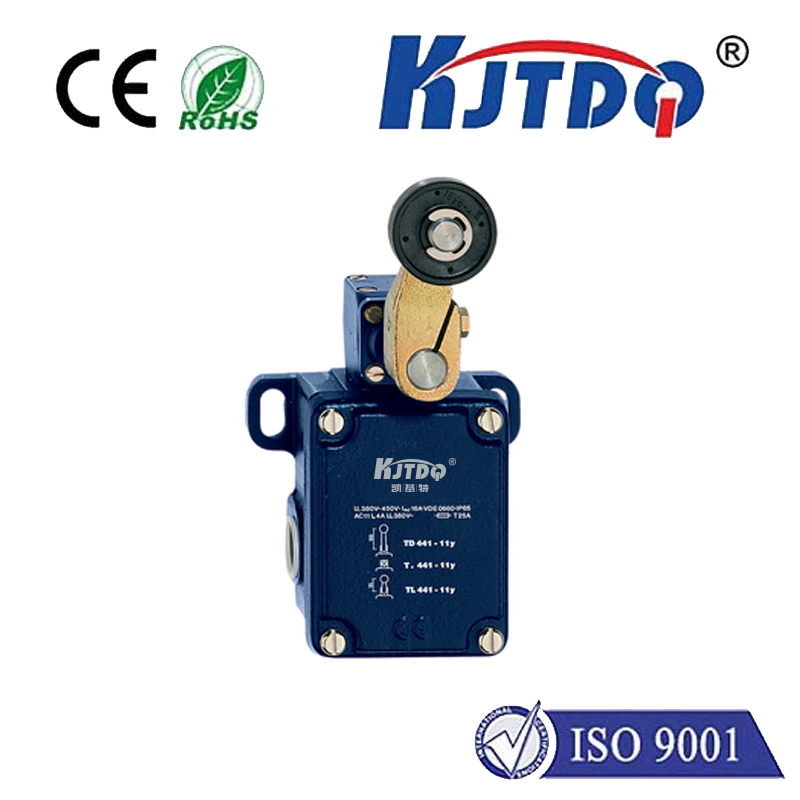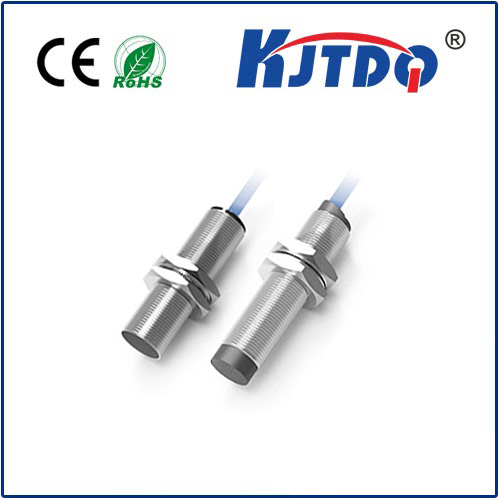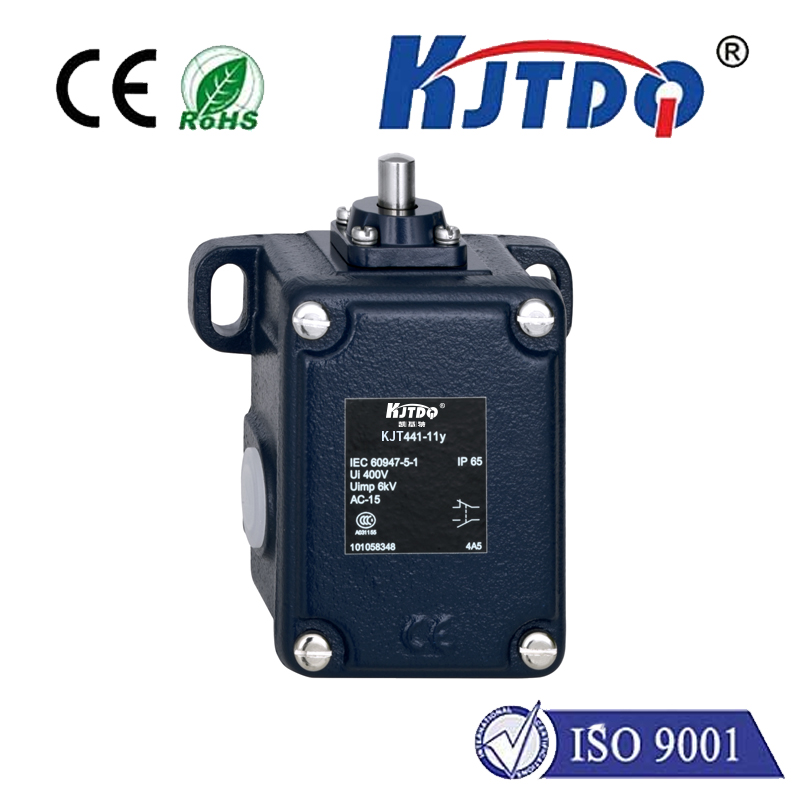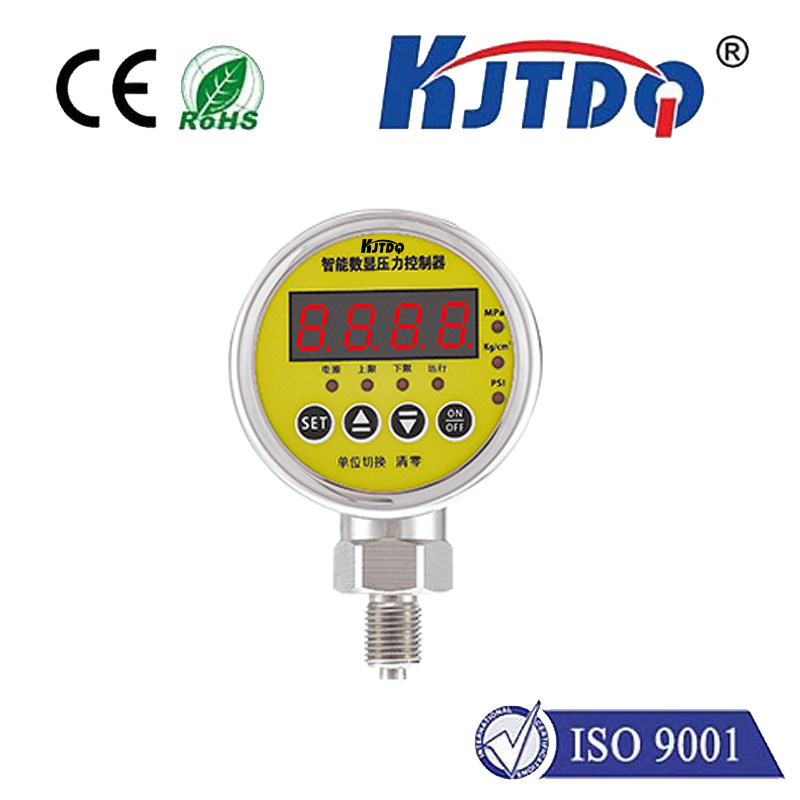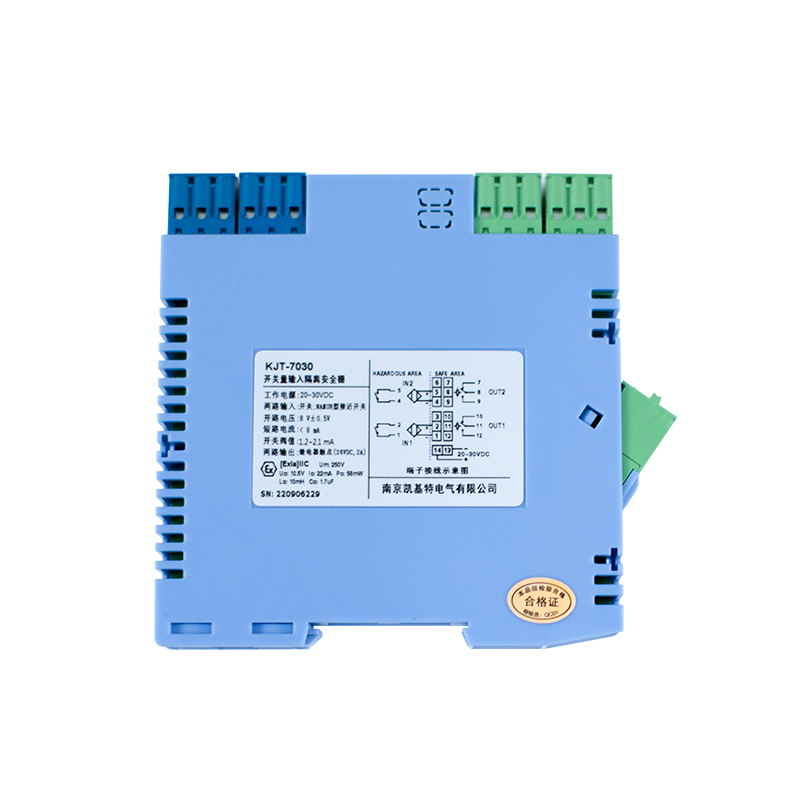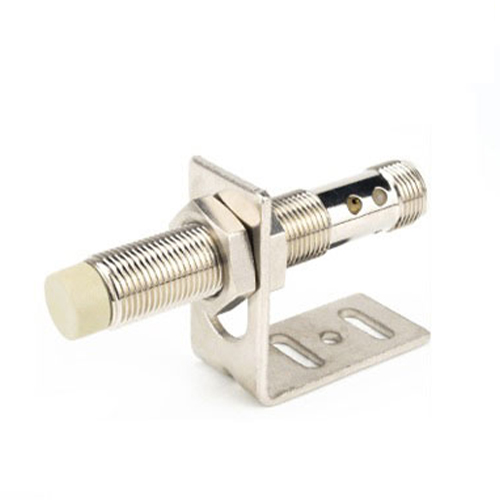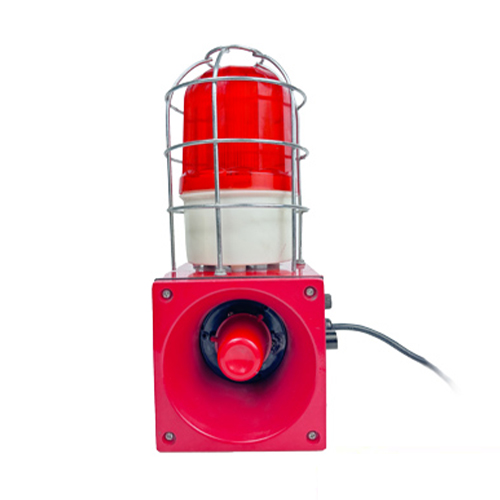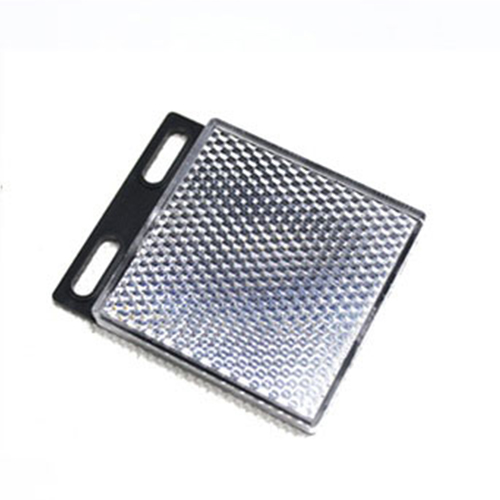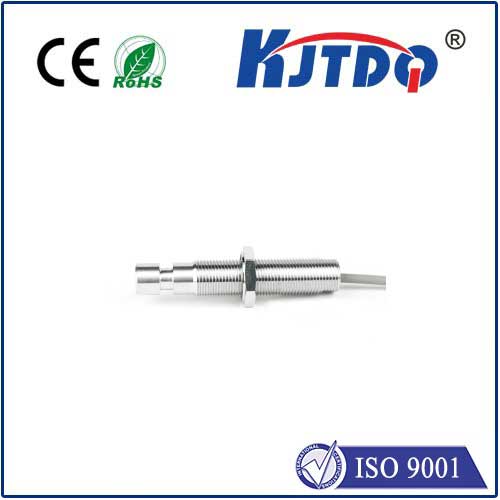

check

check

check

check

check

check

check

check

check

check
As industries continue to evolve, so do the challenges they face in ensuring worker safety. One of the most critical factors that manufacturers need to consider is implementing effective safety measures that protect employees from hazardous conditions. The heat-resistant proximity sensor offers a promising solution to this problem, as it can detect the presence of high temperatures and alert operators accordingly. In this article, we'll explore how this innovative technology can revolutionize industrial safety and enhance productivity.
Section 1: Understanding the Importance of Heat Resistance in Safety
The use of heat-resistant proximity sensors can help prevent accidents caused by high temperatures, which are common in various industrial settings. For instance, in manufacturing processes that involve welding, sparks or hot surfaces can pose a significant risk to workers if not properly addressed. By integrating a heat-resistant proximity sensor into the workflow, manufacturers can ensure that operators are alerted before any potential hazards occur, providing them with sufficient time to take action and mitigate the situation.
In addition to welding, heat-resistant proximity sensors can also be valuable in other applications such as thermal processing, chemical handling, and electrical maintenance. By detecting elevated temperatures, these sensors can detect when equipment is overheating or when there is a potential fire hazard, allowing operators to take corrective measures before any damage occurs.
Section 2: Benefits of Heat-Resistant Proximity Sensors for Industrial Safety
One of the main advantages of using heat-resistant proximity sensors is that they can provide continuous monitoring of temperature fluctuations. Unlike traditional temperature gauges, these sensors can detect even minor changes in temperature without requiring frequent calibration checks. This makes them more efficient and cost-effective for industrial applications where real-time monitoring is crucial.
Another benefit of heat-resistant proximity sensors is their ability to integrate seamlessly with existing control systems. Many modern industrial machinery comes equipped with programmable logic controllers (PLCs) or supervisory control and data acquisition (SCADA) systems, making it easy to incorporate these sensors into the overall system architecture. This not only simplifies installation but also ensures that operators have access to accurate and up-to-date information regarding temperature levels.
Furthermore, heat-resistant proximity sensors can be customized to suit specific industry requirements. For example, some sensors can be designed to operate at high temperatures while others can detect low temperatures accurately. Additionally, some sensors come with built-in alarms or notifications, enabling operators to immediately take action in case of a breach.
Section 3: Case Studies: Successful Application of Heat-Resistant Proximity Sensors
Several companies have successfully implemented heat-resistant proximity sensors in their industrial facilities, achieving significant improvements in safety and efficiency. One notable example is a pharmaceutical company that uses these sensors to monitor the temperature of liquid formulations during production. By incorporating the sensors into their existing control system, the company was able to reduce the time needed for product testing and improve the accuracy of temperature measurements. As a result, they were able to meet strict regulatory requirements while maintaining high quality standards for their products.
Another example involves a steel fabrication plant that uses heat-resistant proximity sensors to detect overheating components during welding processes. By integrating the sensors into their workflow, the factory was able to significantly reduce the number of incidents related to equipment failure caused by excessive temperatures. This not only improved safety but also reduced downtime and maintenance costs for the facility.
Section 4: Future Trends in Heat-Resistant Proximity Sensor Technology
As technology continues to advance, heat-resistant proximity sensors are expected to become even more advanced and versatile. Some potential trends include the development of wireless sensors that can communicate data remotely via Wi-Fi or Bluetooth, as well as the integration of artificial intelligence (AI) algorithms for predictive maintenance and fault detection. Additionally, new materials and design techniques may lead to even higher temperature resistance and better durability for these sensors.
Conclusion: Ensuring Compliance with Regulations and Preventing Accidents with Heat-Resistant Proximity Sensors
Heat-resistant proximity sensors offer a powerful tool for industrial safety and compliance with regulatory requirements. By detecting elevated temperatures and providing real-time alerts, these sensors can help prevent accidents caused by high temperatures and minimize downtime for facilities. With continued advancements in technology, we can expect these sensors to become even more advanced and indispensable in ensuring worker safety in various industries.
